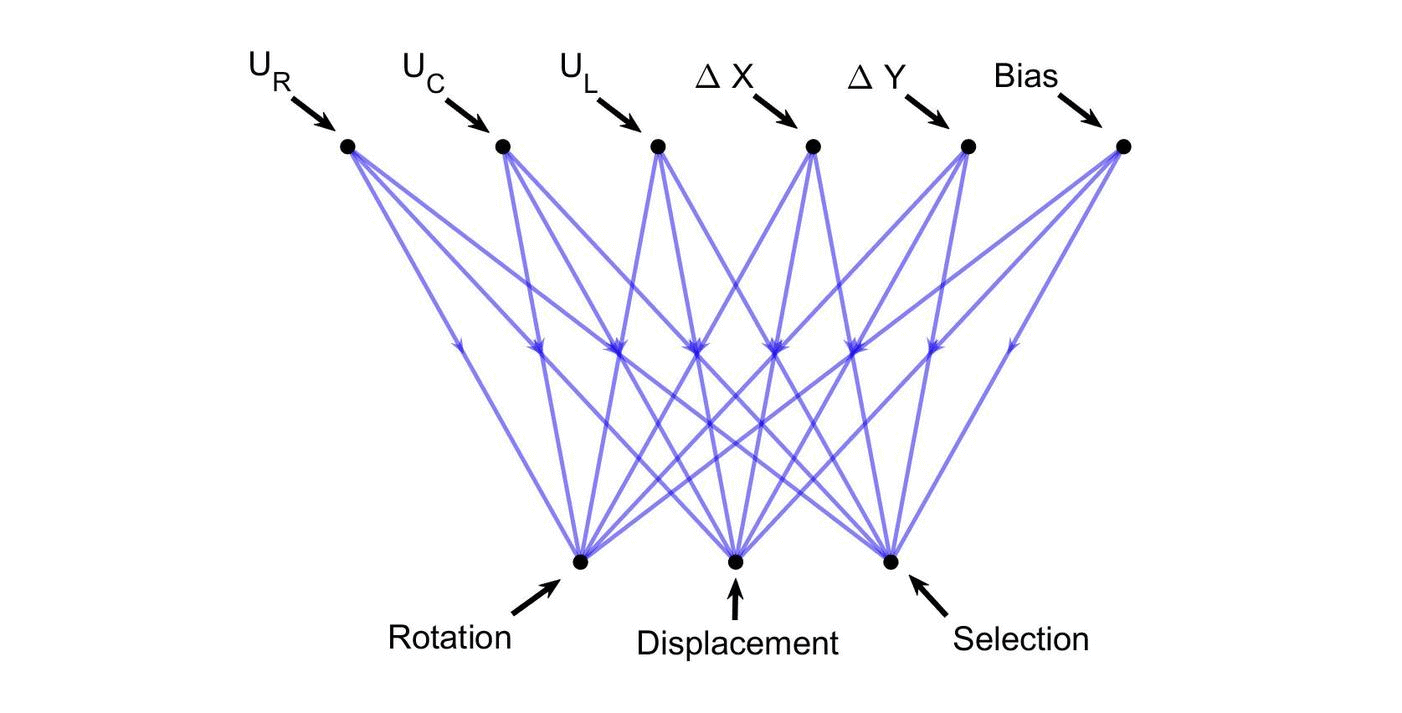Adaptive Genomic Evolution of Neural-Network Topologies (AGENT)
Topology and weight evolving artificial neural network (TWEANN) algorithms optimize the structure and weights of artificial neural networks (ANNs) simultaneously. The resulting networks are typically used as policy models for solving control and reinforcement learning (RL) type problems. This paper presents a neuroevolution algorithm that aims to address the typical stagnation and sluggish convergence issues
present in other neuroevolution algorithms. These issues are often caused by inadequacies in population diversity preservation, exploration/exploitation balance, and search flexibility. This new algorithm, called the Adaptive Genomic Evolution of Neural Network Topologies (AGENT), builds on the neuroevolution of
augmenting topologies (NEAT) concept. Novel mechanisms for adapting the selection and mutation operations are proposed to favorably control population diversity and exploration/exploitation balance. The former is founded on a fundamentally new way of quantifying diversity by taking a graph-theoretic perspective of the population of genomes and inter-genomic differences. Further advancements to the NEAT paradigm occur through the incorporation of variable neuronal properties and new mutation
operations that uniquely allow both the growth and pruning of ANN topologies during evolution. Numerical experiments with benchmark control problems adopted from the OpenAI Gym illustrate the competitive performance of AGENT against standard RL methods and adaptive HyperNEAT, and superiority over the original NEAT algorithm. Further parametric analysis provides key insights into the impact of the new features in AGENT. This is followed by evaluation on an unmanned aerial vehicle collision avoidance problem where maneuver planning models are learnt by AGENT with 33% reward improvement over 15 generations.
